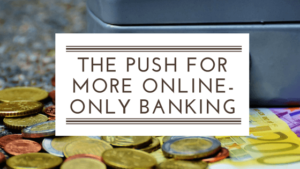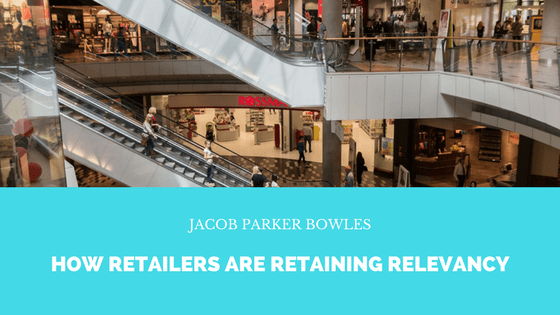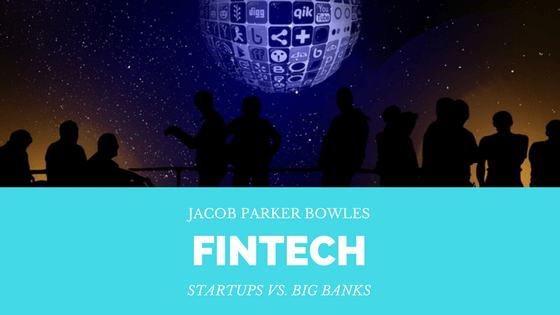Financial technology, known as FinTech, is changing the way many small business owners run their companies. Struggling to find financing from lenders and strict regulatory compliance is leading many smaller companies to focus on FinTech. Instead of relying on traditional lenders to help support their companies, many entrepreneurs are now turning to affordable solutions from financial technology companies.
FinTech Product and Service Offerings
FinTech companies offer a range of solutions for small companies. Business owners have access to lending, foreign exchange services, and digital business solutions. Many finance experts agree that the rise of FinTech is not just a passing fancy, but a real shift in the way small business owners generate revenues and profit. A report from the World Economic Forum suggests that FinTech will change the entire business environment.
From invoicing solutions, peer to peer lending, and supply chain financing, FinTech companies are gaining a real market presence in the business world with their low-cost solutions. Additionally, these companies are not hamstrung by the regulations that many traditional banks face.
One of the largest gaps FinTech companies fill is lending solutions. Traditional banks often turn away small business owners seeking smaller loans. By offering so-called “micro-loans,” FinTech companies provide a critical lending solution for smaller companies that need less than $50,000. The Small Business Administration considers any loans of $50,000 or less as “micro-loans.”
Many FinTech companies also offer strategic invoicing and expense solutions. In many cases, small business owners have free access to these solutions using easy to download apps.
Other FinTech Solutions
Lending and tracking invoices are only two of a countless array of solutions offered by FinTech companies. Property management companies can accept payments from tenants using the solutions. Additionally, loans are available to help some of the costs of repairs and security deposits that many residents struggle with while property management companies still receive those funds upfront.
Many experts agree that FinTech for smaller companies is still in its infancy. Adopting FinTech as the primary source of business solutions for entrepreneurs is still a challenge. However, many experts do agree that FinTech companies have found a niche by providing services to smaller companies that largely go unrecognized by bigger banks.










